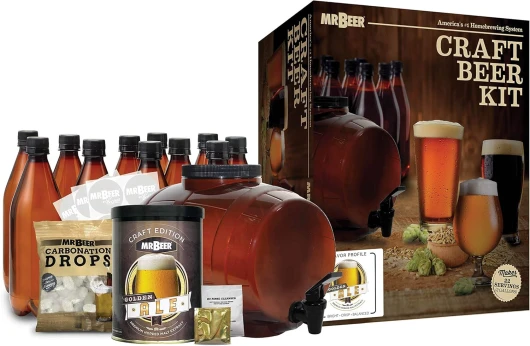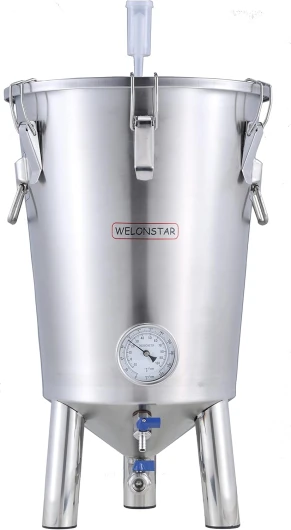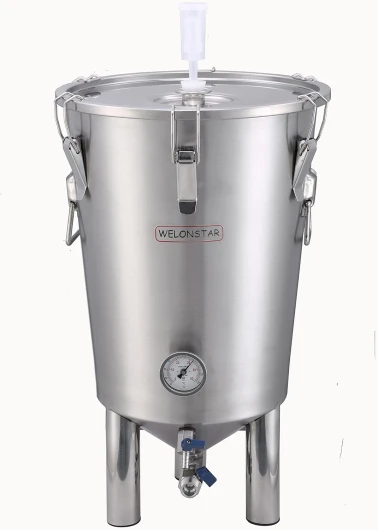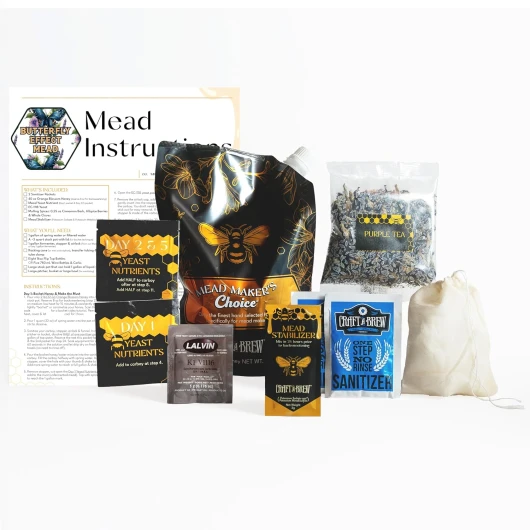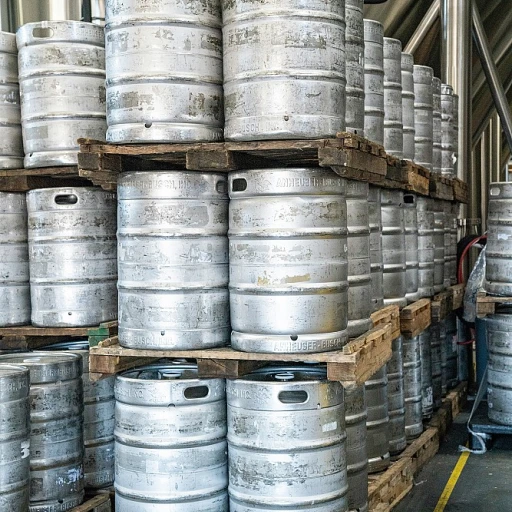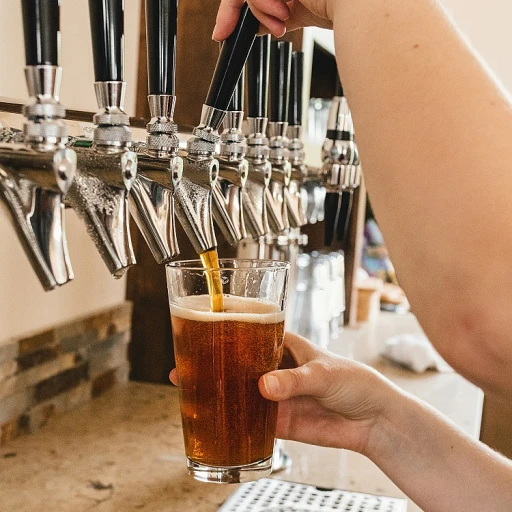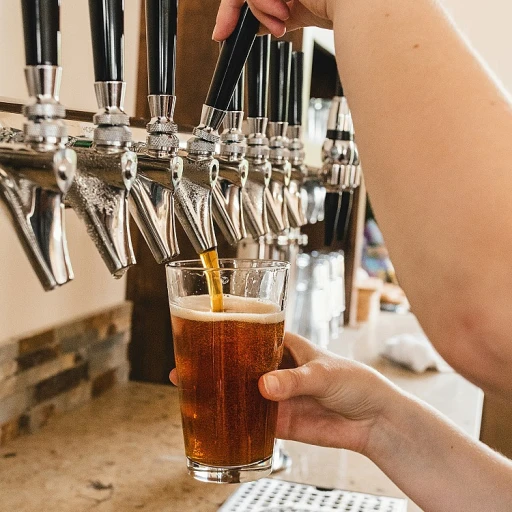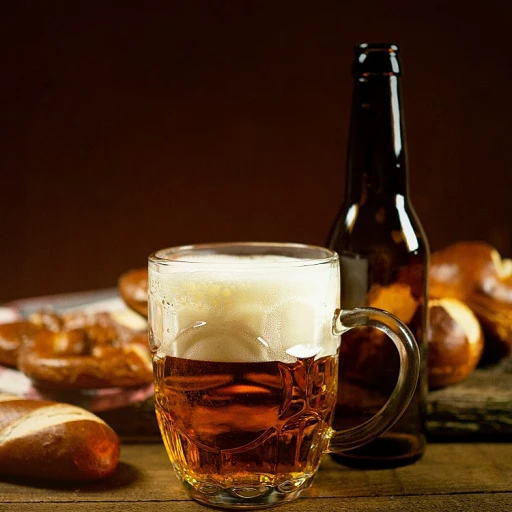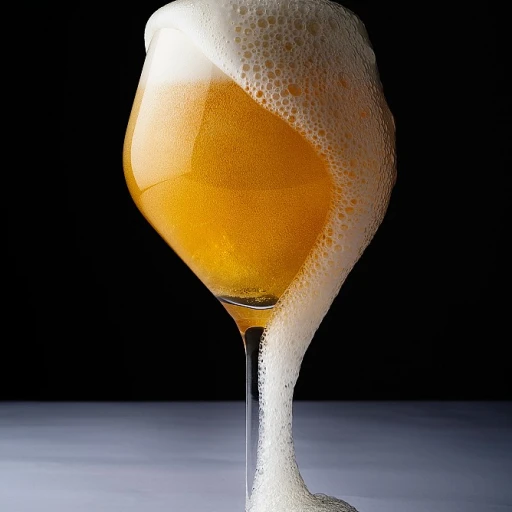
Understanding Cream Ale and Its Unique Flavor
The Charm of Cream Ale
Cream ale, a uniquely American hybrid style, marries the crispness of lager with the smooth body and subtle fruitiness of ale. Developed to compete with the popular mass-market lagers of its era, cream ale offers a distinctive profile that captivates both new and seasoned beer drinkers.
The Balance of Flavors
Cream ale presents a delightful balance of malt sweetness and mild hop bitterness, contributing to its refreshing taste. This style is often enjoyed for its light body and subdued fruity ester profile, which sets it apart from other ales.
Historical Context and Popularity
Emerging in the United States in the 19th century, cream ale was initially brewed by ale producers looking to compete with lager's popularity. Its evolution is a testament to American brewers' ingenuity in crafting a beer style that remained relevant over time.
As you prepare to delve into the essential ingredients and step-by-step brewing process, understanding these core flavor characteristics can help craft the perfect cream ale. With this foundation, you'll be ready to tackle potential brewing issues and ultimately enjoy sharing this classic style with friends and family.
Essential Ingredients for a Cream Ale Recipe
Key Components for Crafting a Creamy Delight
When it comes to brewing a luscious cream ale, choosing the right ingredients is paramount. A well-executed blend of malt, hops, yeast, and water will help you strike the balance of smoothness and hoppiness that cream ale is renowned for.- Malt: A mix of pale malt and flaked maize is typical for cream ale, lending it a light and slightly sweet profile. This combination provides an inviting pale golden color and satisfying body.
- Hops: Though not overly hopped, using a traditional hop like Cluster or Liberty can provide just the right hint of bitterness to balance the sweet maltiness. Aim for low to moderate bitterness to maintain the signature mild flavor of a cream ale.
- Yeast: Selecting a clean American or lager yeast strain will ensure a clean fermentation, highlighting the delicate flavors of your malt and hops without overpowering them.
- Water: Soft water is ideal for cream ale, as it enhances the ale's smoothness and overall drinkability. Ensure your water is free of any strong mineral or chemical flavors to capture the true essence of this ale.
Step-by-Step Brewing Process
Getting Your Equipment Ready
Before diving into the actual brewing process of your cream ale, ensure that all your brewing equipment is clean and sanitized. This includes fermenters, kettles, airlocks, and any other tools you're planning to use. Proper sanitation is key to avoiding contamination and ensuring the pure taste of your cream ale.
Brewing the Cream Ale
Begin by heating water in your kettle to around 150°F (65°C). Add your malt or malt extract, as described in the essential ingredient section, to the heated water and let it steep for about 45 minutes. This step is crucial for extracting sugars from the malt, which will later ferment into alcohol.
Once this process is complete, remove the malt and bring the mixture, now called wort, to a boil. Add any hops you've chosen for flavoring, remembering to follow the timeframe recommended in your recipe for best results. This boiling process should last about an hour.
Cooling and Fermentation
Once boiling is complete, it's time to cool your wort rapidly to room temperature. Using a wort chiller can make this step quick and efficient, preventing unwanted bacteria from spoiling your beer. Once cool, transfer your wort to a fermenter and add yeast. Seal the fermenter with an airlock and allow it to sit in a consistent temperature environment for about two weeks. Patience is key as this is when the magic happens, and your mixture begins its transformation into a delicious cream ale.
Packaging and Carbonation
After fermentation, it's time to carbonate your cream ale. You can choose to bottle your beer, using a priming sugar solution to naturally carbonate over a few weeks, or use a keg system for quick carbonation. If you opt for using a keg, be sure to check how long a keg of beer stays fresh to enjoy the best flavor.
Troubleshooting Common Brewing Issues
Identifying and Addressing Brewing Challenges
Even with careful preparation and execution, brewing a cream ale can come with certain challenges. Here are some common issues you might encounter and tips on how to address them:- Fermentation Problems: This can manifest as either sluggish or stalled fermentation, potentially due to factors like incorrect yeast pitching rates or suboptimal fermentation temperatures. To address this, ensure your yeast is healthy and rehydrate it properly. Monitor the temperature closely to keep it within the ideal range.
- Cloudy Appearance: Cream ale should be relatively clear. If your brew appears cloudy, it might be due to chill haze, which can occur if the beer is not aged long enough. Consider cold-crashing your beer to encourage particulates to settle or use a fining agent to improve clarity.
- Off-Flavors: Off-flavors such as diacetyl and fusel alcohols can detract from the smooth characteristics of a cream ale. Diacetyl, with its buttery taste, can be reduced by maintaining a diacetyl rest around 65-68°F (18-20°C) for a few days. Fusel alcohols, often a result of high fermentation temperatures, require careful temperature control to prevent.
- Carbonation Issues: The carbonation level is key to a cream ale's refreshing quality. If your carbonation is off, check the seal of your fermentation vessel and ensure your priming sugar measurements are correct. Inadequate sealing can lead to gas escape, while incorrect sugar amounts can result in under or over-carbonation.
Sharing and Enjoying Your Cream Ale
Celebrating Your Brewing Success
Once you've mastered brewing a creamy ale, it's time to share and celebrate your creation with friends and fellow beer enthusiasts. Whether you’re hosting a small gathering or a grand party, there's something uniquely rewarding about serving your homemade brew.- Hosting a Tasting Party: Invite friends over for a beer tasting session. Provide them with different glasses and encourage thoughtful tasting, much like a wine tasting. Pay attention to the feedback regarding aroma and taste, which might inspire your future brewing sessions.
- Pairing with Food: Cream ales are versatile and pair well with various dishes. Consider serving your ale with grilled meats or light appetizers to enhance the flavors of both the beer and food.
- Exploring New Recipes Together: Sharing your success might ignite curiosity among your peers, leading to joint brewing adventures. Sharing tips about essential ingredients and the step-by-step brewing process can create a sense of community among beer lovers.
- Share Your Skill: Consider teaching a friend the brewing steps you’ve mastered and watch as they gain confidence through your guidance. This gives a sense of camaraderie and spreads the love for home brewing.

